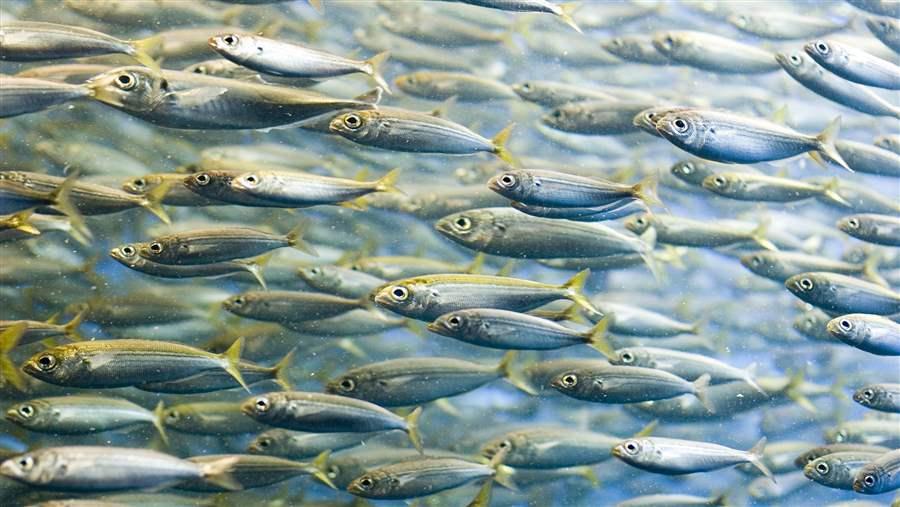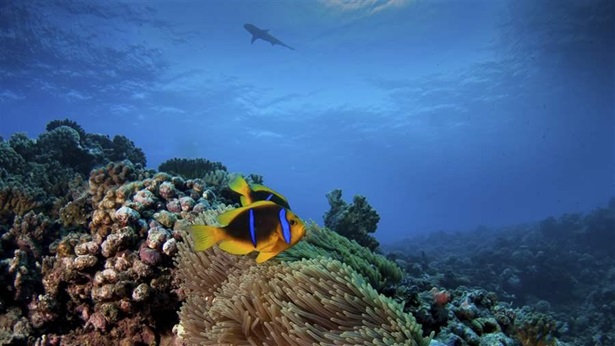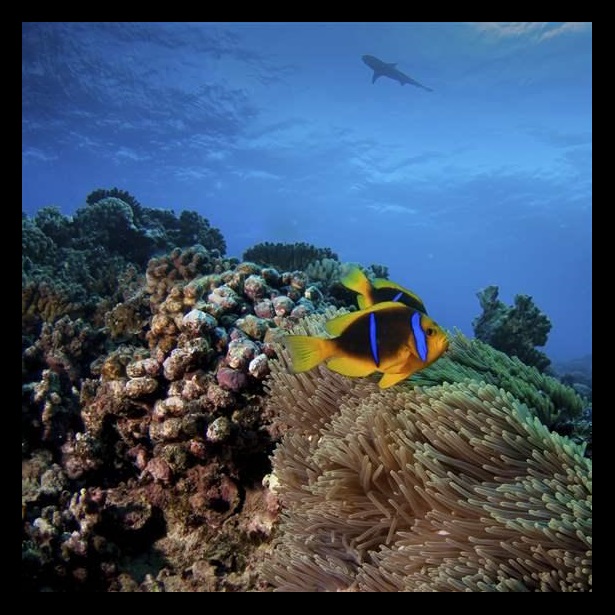How Can We Maximize Investments in Research to Solve Environmental Challenges?
Engage decision-makers early and often to understand their needs, experts say
 © Rita Maassen/iStockphoto
© Rita Maassen/iStockphotoCreating stronger connections between science and policy can get the most impact out of research investments. For example, Pew developed recommendations to help improve management of such forage fish as sardines, above.
Scientific information can be critical to solving environmental challenges. But even technically credible research can fall flat if it doesn’t meet the needs of resource managers and decision-makers working toward a solution. That is why, for close to 10 years, Pew has focused on making science more actionable. We do this by engaging with those most likely to use the results, developing research projects that provide the information they need, and ensuring that that they can easily access relevant data and findings when they need them. By creating stronger connections between science and policy, we hope to maximize the impact of research investments.
For example, Pew has supported a large body of work on managing forage fish—species of small, schooling fish that are critical prey for seabirds, marine mammals, and bigger fish. Forage species are often targets of major fisheries, many of which collapsed in the past, in part because of management strategies that do not account sufficiently for their biology.
To address these issues, Pew asked managers, conservationists, and fishing industry representatives what information they needed to apply a science-based approach to the management of forage fish. Resulting studies answered questions such as “What practical advice can apply to a wide range of forage species?” and “What are the diets of ocean predators off the U.S. West Coast?”
As the research progressed, we continued to engage with some fisheries managers and others to make sure that the information continued to be useful. And throughout each project, we shared the approaches and results in accessible formats, including written materials, live and online events, and personal interactions.
Pew is working to further develop and refine the best strategies to create productive links between science and policy. Early this year, we met with representatives from 49 organizations from around world, including grant-makers, nongovernmental organizations, governments, and academia, that are committed to developing these connections. At the meeting, co-sponsored by the Luc Hoffmann Institute, the California Ocean Science Trust, and the Science and Resilience Institute at Jamaica Bay, participants brainstormed about how to support research that is not only scientifically credible, but also relevant to and useful for decision-makers and other stakeholders. These connections, known as “boundary spanning,” can help researchers effectively inform policy and provide an opportunity for users to have a voice in research agendas.
The group outlined five benefits of boundary spanning:
- Facilitates productive exchanges among stakeholders involved in understanding and managing environmental challenges.
- Accommodates different perspectives about useful and credible information and about who participates and makes decisions.
- Organizes the flow of information among scientists, policymakers, and other stakeholders.
- Identifies and addresses scientific issues relevant to policy and management through research projects that support decision-making.
- Provides researchers, scientific organizations, environmental institutions, and funders with a collaborative venue for supporting environmental change.
Participants identified sharing of resources and case studies to inform practice and skill development as important next steps in building this approach.
Rebecca Goldburg directs The Pew Charitable Trusts’ environmental science programs and Angela Bednarek is a project director.


America’s Overdose Crisis
Sign up for our five-email course explaining the overdose crisis in America, the state of treatment access, and ways to improve care
Sign up

Experts Highlight Strategies to Make the Most of Investments in Environmental Research
Workshop focuses on opportunities to align goals, improve communication











